Home>Construction & Tools>Electrical and Plumbing Systems>How To Organize Sockets


Electrical and Plumbing Systems
How To Organize Sockets
Published: March 3, 2024
Learn how to efficiently organize sockets in your electrical and plumbing systems with our expert tips and tricks. Keep your workspace tidy and safe with our easy-to-follow guide.
(Many of the links in this article redirect to a specific reviewed product. Your purchase of these products through affiliate links helps to generate commission for Storables.com, at no extra cost. Learn more)
Introduction
Are you tired of rummaging through a jumbled mess of sockets every time you need to find the right size for a project? Organizing your sockets can save you time and frustration, making your DIY projects more efficient and enjoyable. In this article, we will explore various methods for organizing sockets so that you can easily locate the size you need when you need it. Whether you're a seasoned DIY enthusiast or just starting out, having an organized socket collection can make a world of difference in your home improvement endeavors.
Key Takeaways:
- Keep your sockets organized by sorting them by size and using labeled trays or racks. This will save time and effort when searching for the right socket during DIY projects.
- Utilize socket organizers and tool drawers to efficiently store and access your sockets. By maintaining a consistent organizational system, you can maximize space and ensure quick access to the right socket size.
Read more: How To Store Sockets
Sorting Sockets by Size
When it comes to organizing sockets, sorting them by size is a fundamental step. Start by laying out all your sockets in a well-lit and spacious area. Then, separate them into different piles based on their sizes. You can use a socket organizer tray with labeled slots to keep the sockets in order. Another method is to use a socket rack that allows you to arrange the sockets by size, making it easy to identify and access the right one when needed. By sorting your sockets by size, you'll streamline the process of finding the correct socket for your DIY tasks, saving you time and effort in the long run.
- Start by laying out all your sockets in a well-lit and spacious area.
- Separate them into different piles based on their sizes.
- Use a socket organizer tray with labeled slots to keep the sockets in order.
- Consider using a socket rack that allows you to arrange the sockets by size.
Labeling Sockets
Labeling your sockets is a crucial step in maintaining an organized socket collection. Once you have sorted your sockets by size, it's essential to label them for quick and easy identification. You can use a permanent marker or specialized socket labels to mark the size of each socket directly on the tool. Another effective method is to color-code your sockets using colored tape or paint. Assign a specific color to each socket size, making it effortless to match the right socket to the corresponding bolt or nut. By labeling your sockets, you'll eliminate the guesswork and frustration of searching for the correct size, ultimately streamlining your DIY projects and saving valuable time.
- Use a permanent marker or specialized socket labels to mark the size of each socket directly on the tool.
- Color-code your sockets using colored tape or paint to assign a specific color to each socket size.
- Labeling your sockets will eliminate the guesswork and frustration of searching for the correct size, ultimately streamlining your DIY projects and saving valuable time.
Use a socket organizer to keep sockets in place and easily accessible. Sort them by size and use color coding or labels for quick identification. This will save time and frustration when working on projects.
Using Socket Organizers
Using socket organizers is a practical and efficient way to keep your sockets neatly arranged and easily accessible. There are various types of socket organizers available, each offering unique features to cater to different organizational needs. One popular option is the socket organizer tray, which consists of labeled slots for each socket size, allowing you to neatly place and store your sockets in a designated order. This type of organizer is ideal for those who prefer a compact and portable solution for their socket storage.
Another effective socket organizer is the socket rack, which typically features individual clips or holders for each socket. The rack can be mounted on a wall or placed in a tool chest, providing a convenient and space-saving storage solution. Some socket racks also come with the added benefit of adjustable clips, allowing you to customize the arrangement of your sockets based on your specific preferences.
For those with a larger collection of sockets, a socket rail organizer may be the ideal choice. Socket rails are designed to hold multiple sockets in a row, offering a comprehensive and systematic storage solution. These rails can be mounted on walls or placed in tool drawers, keeping your sockets organized and easily accessible while maximizing storage space.
In addition to traditional socket organizers, there are innovative magnetic socket holders available in the market. These holders utilize strong magnets to securely attach the sockets, preventing them from getting misplaced or disorganized. Magnetic socket holders are versatile and can be mounted on various surfaces, providing a flexible storage option for your sockets.
When selecting a socket organizer, consider factors such as the size of your socket collection, the available storage space, and your preferred method of organization. By utilizing socket organizers, you can maintain a tidy and efficient storage system for your sockets, ensuring that you can quickly locate the right size for any DIY project.
Storing Sockets in Tool Drawers
Storing sockets in tool drawers is a convenient and space-efficient method to keep your socket collection organized and easily accessible. When utilizing tool drawers for socket storage, it's essential to maximize the available space while ensuring that the sockets are neatly arranged for quick identification and retrieval.
One effective approach is to use socket organizer trays specifically designed to fit within standard tool drawers. These trays are equipped with labeled slots for each socket size, allowing you to neatly place and store your sockets in a systematic order. By utilizing these trays, you can optimize the space within the tool drawer while keeping your sockets organized and readily available for use.
Another practical option for storing sockets in tool drawers is to utilize socket rails or racks that can be mounted inside the drawer. These rails provide a comprehensive storage solution, allowing you to arrange multiple sockets in a row within the drawer. By utilizing the available vertical space, socket rails enable efficient organization and easy access to your socket collection without occupying additional surface area.
In addition to utilizing specialized socket organizers, it's important to consider the layout and organization of other tools and equipment within the tool drawers. By strategically arranging your tools and implementing dividers or compartments, you can create designated sections for your sockets, ensuring that they remain separate from other tools and are easily identifiable within the drawer.
When storing sockets in tool drawers, it's beneficial to maintain a consistent organizational system to ensure that the sockets remain in their designated locations. Regularly inspect and rearrange the sockets as needed to prevent disorganization and maintain an efficient storage system within the tool drawers.
By storing your sockets in tool drawers using specialized organizers and strategic arrangement techniques, you can effectively maximize space, maintain organization, and ensure quick access to the right socket size for your DIY and home improvement projects.
Frequently Asked Questions about How To Organize Sockets
Was this page helpful?
At Storables.com, we guarantee accurate and reliable information. Our content, validated by Expert Board Contributors, is crafted following stringent Editorial Policies. We're committed to providing you with well-researched, expert-backed insights for all your informational needs.



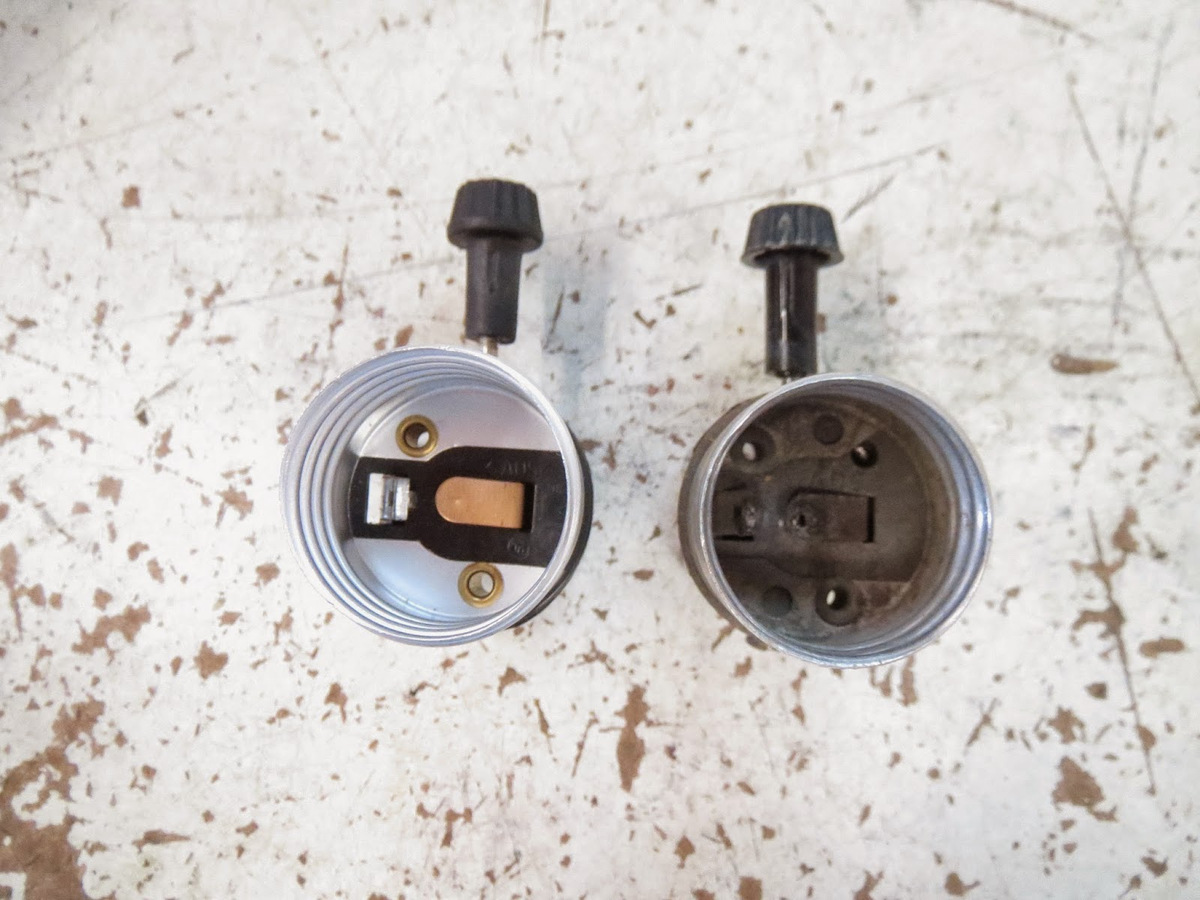
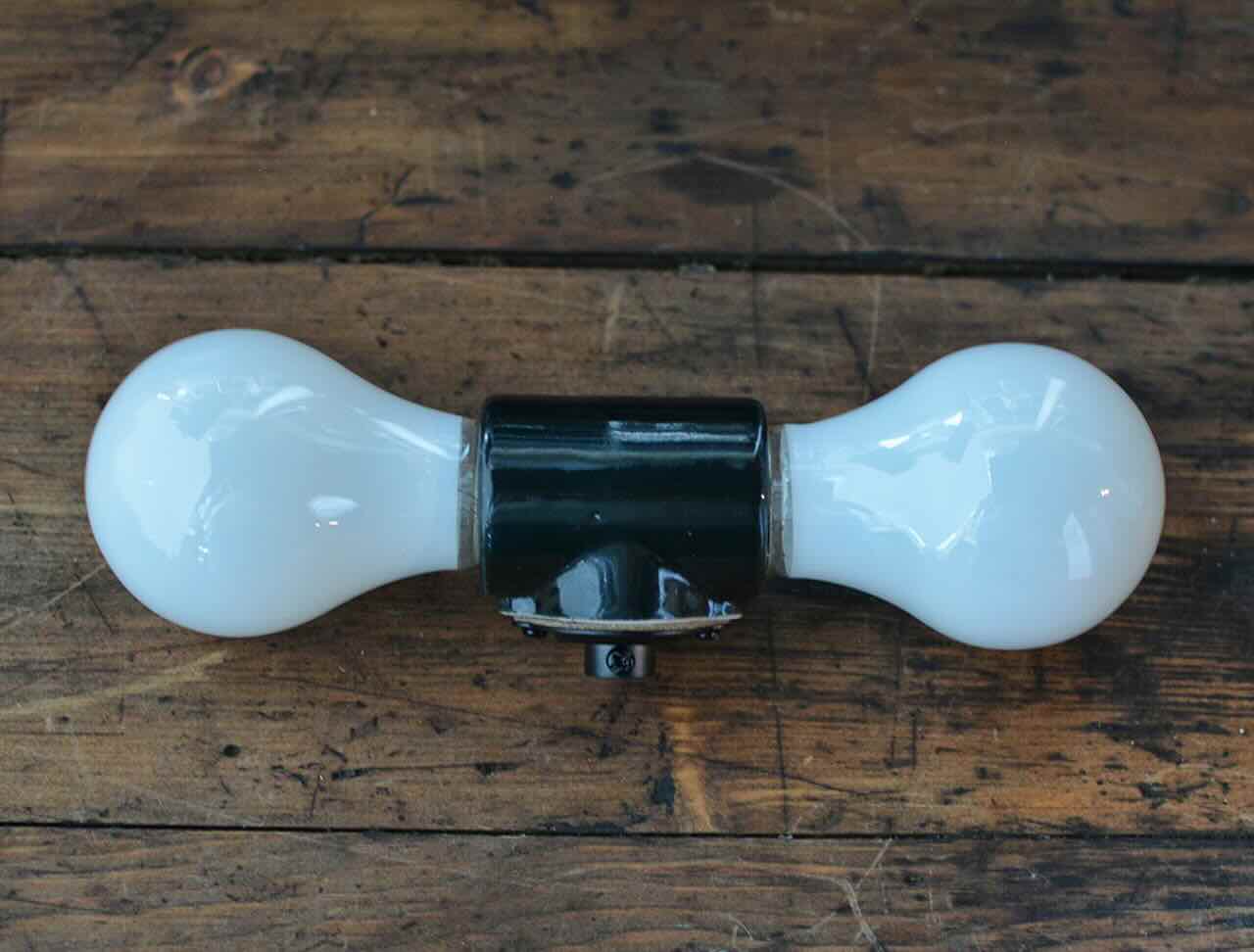
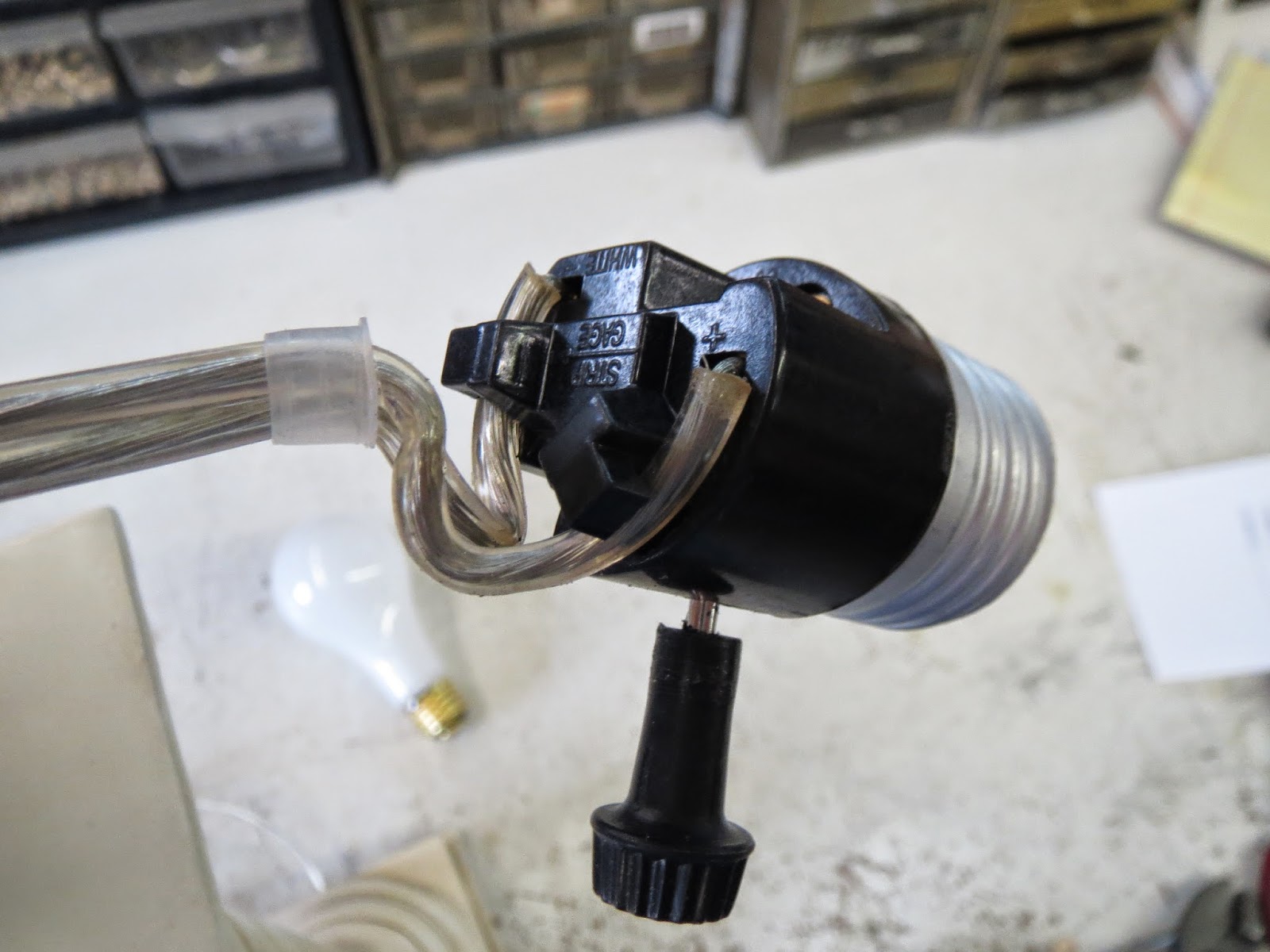

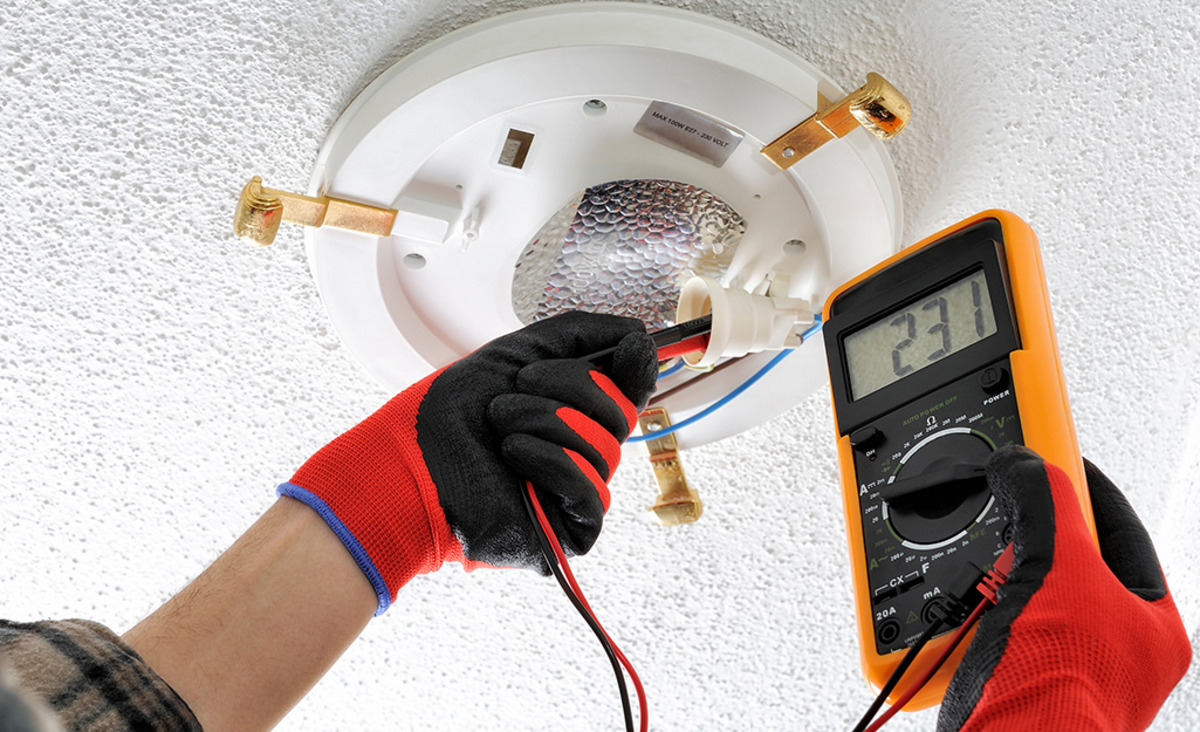

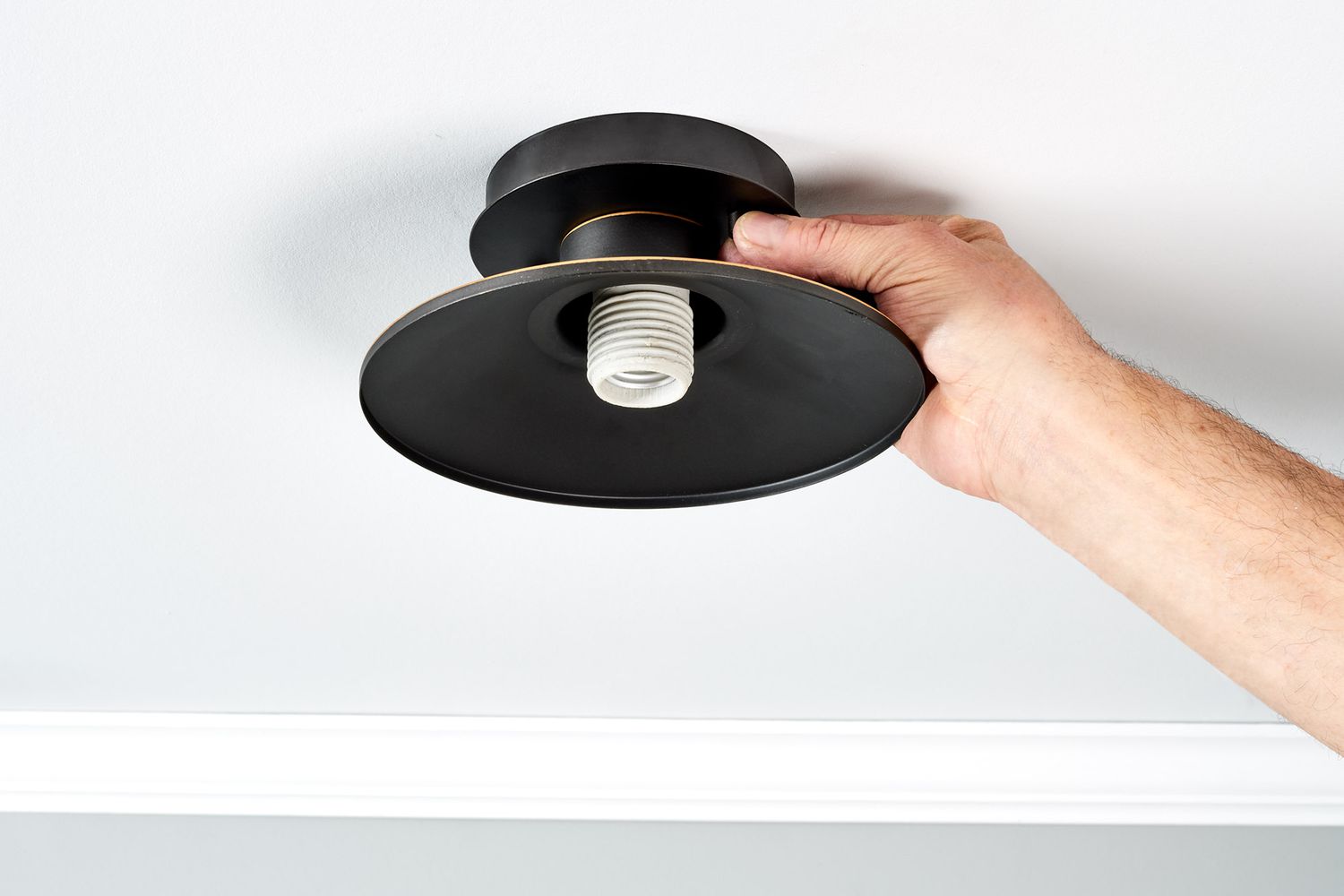






0 thoughts on “How To Organize Sockets”